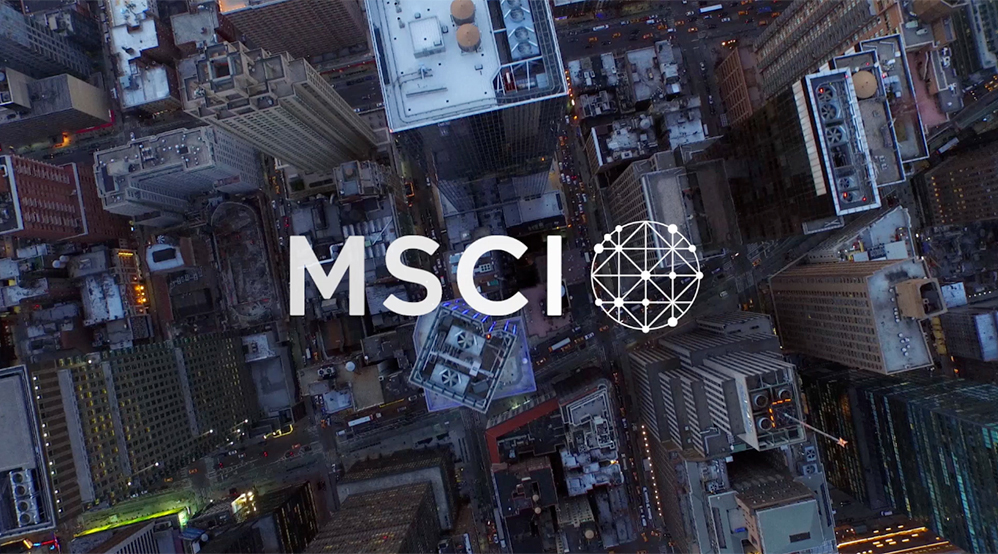Now that Pakistan is an Emerging Market, whats next

By MG News | May 16, 2017 at 02:23 PM GMT+05:00
Markets are divided along the lines of growth, any classification considers certain key factors via which it decides to categorize a particular nation’s economy into one of the indices; advanced, emerging, frontier and stand-alone. However, agreement on which economies are emerging varies from agency to agency. International Monetary Fund (IMF) classifies 23 countries as emerging markets, while Morgan Stanley Capital International (MSCI) also classifies 23 countries as emerging markets but the members in the both lists differ. Standard and Poor’s (S&P) and Russell each classify 21 countries as emerging markets, while Dow Jones classifies 22 countries as emerging markets.
A list of countries that all five institutions classify as emerging markets includes:
- Brazil
- Chile
- China
- Colombia
- Hungary
- Indonesia
- India
- Malaysia
- Mexico
- Peru
- Philippines
- Poland
- Russia
- South Africa
- Thailand
- Turkey
The remaining countries on the IMF emerging market list are: Argentina, Bangladesh, Bulgaria, Pakistan, Romania, Ukraine and Venezuela.
The remaining counties on the MSCI list are: Bangladesh, Czech Republic, Egypt, Greece, Qatar, South Korea, Taiwan and the United Arab Emirates.
The S&P list has these remaining countries: Bangladesh, Czech Republic, Egypt, Greece and Taiwan.
The Dow Jones list also includes the following countries: Czech Republic, Egypt, Greece, Qatar, Taiwan and the United Arab Emirates.
The Russell list has these remaining countries: Czech Republic, Greece, South Korea, Taiwan and the United Arab Emirates.
The list may be subject to any change owing to the discretion of the rating agency, an agency can choose to downgrade of upgrade any country from advanced to frontier or form frontier to emerging market. As was seen with Greece, it was downgraded form Advanced to emerging post the financial crisis. Also, recently Argentina and Pakistan have been upgraded from frontier markets to emerging market by MSCI. Historically, the common element that is taken into account while classifying the countries is the stability factor. The stability is gauged by the performance of a given nations stock market over the course of few years’ which entails that it is not prone to bizarre volatility of overnight spikes and falls. The rating also encompasses how the Regulatory authorities seek to put restrictions on the market by devising laws and penalties to keep the market in check.
Pakistan only recently was reclassified as one of the emerging markets after it was downgraded to frontier market in the wake of 2008 liquidity crisis. The classification as emerging market helps in a multitude of ways for any nation; it opens up the prospects of investments from foreign investors, introduces a degree of reliability for the particular market and enhances is capital raising abilities. In retrospect, announcement of classification has seen the markets to over perform throughout the world such Qatar, UAE, Argentina, South Korea etc. Same has been the case with Pakistan, ever since the announcement Global X MSCI Pakistan ETF (PAK) has had returns of 25.6% on its net asset value whereas, Pakistan’s bench mark index PSX has grown by 38% with an increase of 14,405.09 points to the index.
The question though that haunts is what next? After the frenzy resulting from the announcement, how do the markets move forward? The answer lies in the past; reviewing other nations performance post the inclusion may help us understand the picture. MSCI last adjusted its Emerging Markets Index in 2013, when it decided to add Qatar and The United Arab Emirates into the list. After the induction of Pakistan and Argentina this year, the total markets in MSCI – EM index stand at 25. Emirati stocks had soared 87.2 per cent in the 11 months from May 2013, but they fell 22.3 per cent in the year followed the MSCI official inclusion. During the same period, Qatar shares jumped 47.2 per cent before the inclusion, and shed 20.2 per cent the year after. The expectation of inclusion had generated market liquidity, with average daily turnover on the Dubai Financial Market General Index increasing 15 per cent year on year, between May 2013 and May 2014.
The effect was massive, but the single factor of MSCI doesn’t usually affect the long term performance of the market. Both the UAE and Qatar markets are closely linked to oil prices. The inclusion coincided with the fall in WTI crude prices, which slipped from over US$90 in early June 2014 to US$60 within a year. But in markets with limited research coverage, MSCI inclusion makes more information available to foreign investors, and market liquidity tends to increase. Longer-term impact of MSCI inclusion can be better illustrated in the South Korean and Taiwan markets, which have now been constituents of the index for two decades. Taiwan, which saw half its market capitalization included in emerging index in 1996, then spent nine years getting its whole market included. South Korea also took six years to win full inclusion, from an initial 20 per cent in 1992. From 2000 to 2013, the proportion of foreign investors in Taiwan stocks rose from 8.78 per cent to 24 per cent.
These statistics point out to the fact that markets post inclusion should look at the long-term growth rather than a short term one. The same may be the case for Pakistani stock market, with an inclusion the market needs to look to the future and in the coming days, 6 months post inclusion, will experience a readjustment rather than a continuing upward trajectory. Also, much depends upon continuity of stableness that Pakistani markets have shown in the past few to get the most out of the inclusions’ potential benefits. With Pakistan’s perennial political dramas, a history of civil-military strife and terrorism posing serious threats to the stability much needed for the market, much depends upon Pakistan’s governance abilities in the areas of politics, security and financial acumen for it to reap the benefits usually followed by inclusion.
Related News
| Name | Price/Vol | %Chg/NChg |
|---|---|---|
| KSE100 | 131,949.07 198.95M |
0.97% 1262.41 |
| ALLSHR | 82,069.26 730.83M |
0.94% 764.01 |
| KSE30 | 40,387.76 80.88M |
1.11% 442.31 |
| KMI30 | 191,376.82 77.76M |
0.36% 678.77 |
| KMIALLSHR | 55,193.97 350.11M |
0.22% 119.82 |
| BKTi | 35,828.25 28.42M |
3.64% 1259.85 |
| OGTi | 28,446.34 6.84M |
-1.02% -293.01 |
| Symbol | Bid/Ask | High/Low |
|---|
| Name | Last | High/Low | Chg/%Chg |
|---|---|---|---|
| BITCOIN FUTURES | 108,125.00 | 110,525.00 107,865.00 |
-2290.00 -2.07% |
| BRENT CRUDE | 68.51 | 68.89 67.75 |
-0.29 -0.42% |
| RICHARDS BAY COAL MONTHLY | 97.50 | 0.00 0.00 |
0.75 0.78% |
| ROTTERDAM COAL MONTHLY | 106.00 | 106.00 105.85 |
-2.20 -2.03% |
| USD RBD PALM OLEIN | 998.50 | 998.50 998.50 |
0.00 0.00% |
| CRUDE OIL - WTI | 66.50 | 67.18 66.04 |
-0.50 -0.75% |
| SUGAR #11 WORLD | 16.37 | 16.40 15.44 |
0.79 5.07% |
Chart of the Day
Latest News
Top 5 things to watch in this week
Pakistan Stock Movers
| Name | Last | Chg/%Chg |
|---|
| Name | Last | Chg/%Chg |
|---|



 Central Government Debt
Central Government Debt
 CPI
CPI